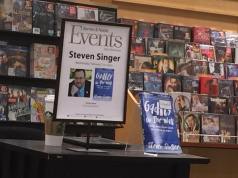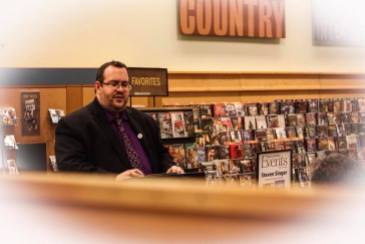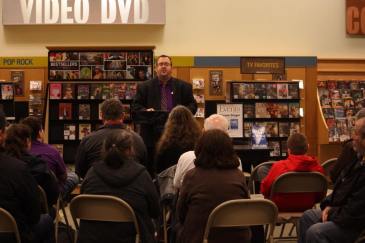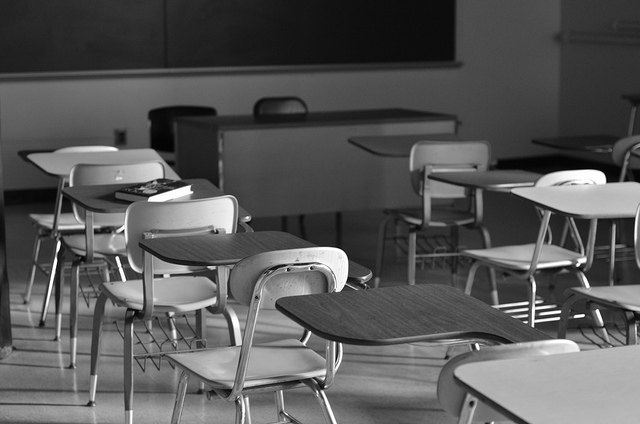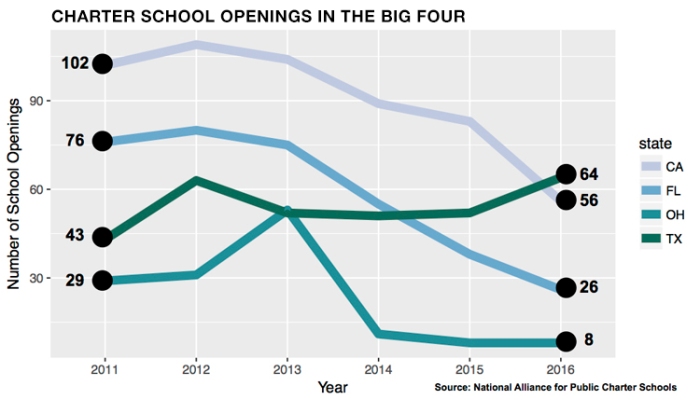
When I was a kid, Super Mario Bros. was my jam.
After school, I couldn’t wait to take on the role of plucky plumber Mario or his brother Luigi. I’d jump on a few turtle shells, bounce over a bottomless pit and smash just the right secret brick to get my flashing star power up and wipe the floor with endless levels of Koopa Troopas.
But through it all, I never really learned anything.
With the possible exception of a few Italian stereotypes, the only knowledge I gained was where the warp zones were, which blocks to hit and the muscle memory necessary to defeat the next bad guy.
However, now-a-days that’s all changed.
Someone in marketing and accounting has decided that the same techniques I used to save Princess Toadstool would make an exceptional method of pedagogy.
They call it gamification, the process of making academic lessons, courses and objectives look more like video games.
Sure, the process has applications in the business world and advertising, but its biggest market has been education.
In fact, the Gamification industry is worth $2 billion worldwide and some estimate it to jump to $22 billion by 2022.
Want to teach grammar? Welcome to the good ship Verb sailing on the seas of Nouns and Pronouns. Interjections, A-hoy!
Wish your students knew fractions? Let them blast away the wrong numbers so only the correct numerator matches with the correct denominator.
That kind of thing.
It’s incredibly popular in some circles.
Advocates claim it increases student engagement and enthusiasm, provides instant feedback and the opportunity for social interactions.
Critics say it reduces students’ attention spans, narrows the curriculum and replaces human interaction with canned interfaces.
But when something is bringing in this kind of cash for big business, it’s kind of beside the point whether it works or not.
It’s the latest form of snake oil out of the cobra factory, and your teacher may be forced to pour it into your children’s brains.
That’s just Education 2018. Under the old model, the hucksters would have to approach each teacher one-at-a-time and convince them to try the shinny new toy in the box. But when you remove teacher autonomy, that frees all the used car salesmen to go right to the one person in your district – often the technology coordinator or academic coach – who controls the purse strings and convince him or her to buy what they’re selling.
In short, I’m not a fan.
In fact, I think gamification is one of the dumbest fads to hit public schools since standardized testing.
Don’t get me wrong.
Games can have limited use in the classroom.
My students love reviewing already mastered material in teams or competing against each other individually.
But there’s a big difference between playing Jeopardy or Kahoot with soon-to-be-tested material and plopping kids on an app or software package that pretends to teach them the concept.
There’s a world of difference between a 10-minute detour and an entire curriculum structured around game theory.
The biggest problem seems to be this.
Games are not intrinsically valuable.
They are good or bad based on the amount of fun they provide the user.
Be honest. No one really cares if Link puts together the Tri-force. No one is losing any sleep over rampaging Metroids on the loose. No one is putting out an Amber Alert the next time Princess Peach is inevitably kidnapped by Bowser. The only thing that matters is if meeting these objectives and countering these fictional bad guys is fun and exciting.
However, the same is not true for the ends of education.
People care whether you can read and write. You may lose sleep over being unable to add, subtract, multiple and divide. Co-workers will be alerted if you don’t comprehend the basics of science and history.
And the higher the skill we’re aiming for, the greater the degree of importance.
Gamification divorces these two ends. It turns education from an intrinsic activity into an extrinsic one.
This is a big deal.
Students shouldn’t struggle through a reading passage so they’ll get a score or a badge. They should actually care about what they’re reading.
My students and I just finished reading Lois Lowry’s “The Giver,” and they loved it.
After the first few chapters, they weren’t reading for a grade or to please me, their teacher. They truly wanted to know what would happen next. And to fully understand that, they had to exercise and refine their reading skills.
Look at it like this.
When I was playing Super Mario Bros., I often took a few warp zones to the last board so I could beat Bowser quickly and win the game. But that means I skipped over most of the first seven boards.
This didn’t matter because the only reason to play was to win. But if those first boards had included something important to the experience, skipping them would have greatly diminished my experience.
Gamification reduces learning until its meaningless. Why would anyone want to know something unless it carried with it a video game like reward?
And that’s merely the worst part.
In practice, most of the applications and software being pushed on kids to increase enthusiasm and motivation aren’t really very much fun at all. After a few times through, there isn’t much reason to plow through exposition heavy content with little to do. This material doesn’t connect to students’ lives, it doesn’t foster authentic competition, it doesn’t stoke their sense of wonder – it’s just a boring set of hoops to jump through to satisfy the instructor.
Admittedly, it does provide instant feedback, but that doesn’t matter if students don’t care about the matter at hand.
Social interactions are possible here but rarely have I seen this opportunity explored. A good group project will get students more engaged socially than messaging back and forth about the software challenge du jour.
Education can be so much more than this.
Students are being robbed of authentic interactions, authentic instruction and authentic learning.
Not all things should be turned into a game.
Gamification is another example of trying too hard to market something to people who won’t actually be using it in the hopes that they won’t notice it doesn’t actually work that well.
The consumer isn’t the gamer – it’s the administrator who buys the program. And the people best suited to assess the program’s success – teachers and students – aren’t even part of the equation.
It’s about monetization, not education.
Mario may grab a bunch of coins on his way to save the princess, but it is the corporations who are getting rich off this sad fad.
All that glitters is not gold, just as all that is new and technological is not cutting edge.
Can we stop letting big business drive the field and let education be determined by educators?
Otherwise, it will be game over for an entire generation of kids duped into accepting crap for curriculum.







